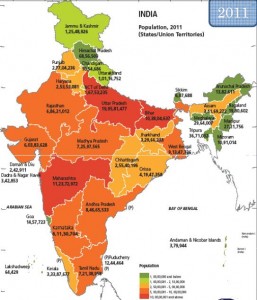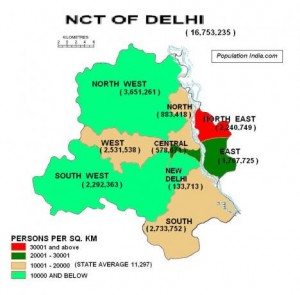Anna Hazare has recently reignited the debate of Right to Recall elected candidates. This demand was first given out by Jayaprakash Narayan in mid-seventies. However the process to recall the elected candidates did not progress much despite the Janta Govt. coming into being. However rather than going into rights and wrongs of the same, it may be more relevant to consider practicality of implementing any such legislation.
Bihar has recently proposed legislation for recall of councilors if 2/3rd of the registered voters sign a petition and submit the same to the Urban Development Dept. of the state, the Dept. would take necessary steps to remove the councilors. A present legislation already exists, which allows removal of a councilor if 2/3rd fellow councilors sign a petition in this regard.
In Chattisgarh process can be initiated only after a councilor has completed a minimum of 2 years. 3/4th of the councilors need to right to District Adm. (DA) asking for the councilors recall. Once DA recommends the case to the state election commission, it holds a confidence vote in the constituency and if the majority votes against the councilor s/he is removed. At least 3 Presidents of Municipal Councils have been removed using this process. The process also applies to Head of Panchayats in the State.
Some of the arguments against recall while this may be feasible in small constituencies how will genuineness of the signatures in large constituencies will be verified, where the number of voters is very large. Second, often the governments have to take unpopular decisions; such a law would make parties shy away from taking such decisions affecting the governance processes.
On a connected issue we provide you here with a link to a website which provides financial, educational & criminal background of all the candidates standing for an election. http://myneta.info/ls2009/
____________________________________
Socio Research & Reform Foundation
(A Non Government Organisation)
512 A, Deepshikha, 8 Rajendra Place, New Delhi – 110008
Tele/Fax: +91-11-25821088, 25817157, 25722044



